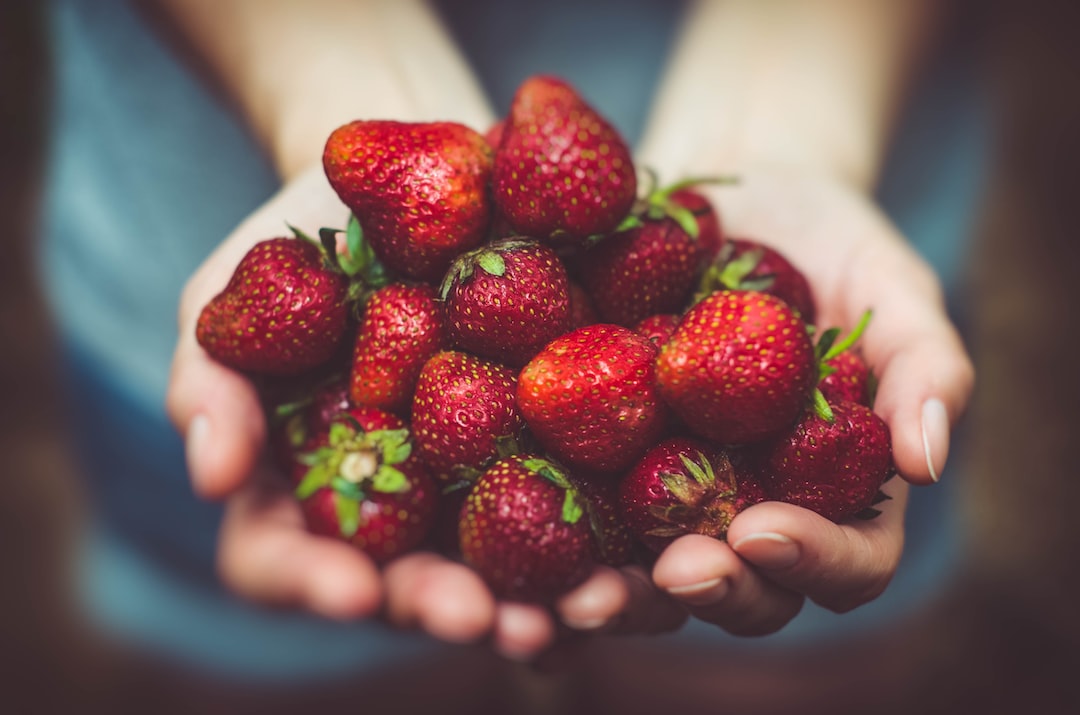The phrase “gluten-free” has become a staple in modern-day health and wellness conversations, but for those with celiac disease or gluten sensitivities, avoiding gluten is a necessity. Gluten is a protein found in wheat, barley, and rye, causing those with celiac disease or sensitivity to experience reactions such as inflammation, headaches, fatigue, and abdominal pain. Baking can pose a significant challenge for this group of individuals, but with the right knowledge and ingredients, it can be an enjoyable and delicious pastime.
When exploring gluten-free baking, it is essential to learn about substitutes for wheat flour. Commonly used alternatives include rice flour, almond flour, and coconut flour. Each substitute can be used for different recipes, and their specific properties will affect the overall texture of the finished product. For example, almond flour is excellent for cookies and cakes, while coconut flour is better suited for bread and muffins.
Other essential ingredients in gluten-free baking include xanthan gum and guar gum, which help to mimic the properties of gluten and aids in binding the ingredients together. These can typically be found in health food stores or through online retailers.
One of the most significant challenges when beginning gluten-free baking is finding a recipe that works. Many gluten-free recipes require precise measurements, and the ingredients must be fresh to achieve the desired texture and flavor. It is also important to pay attention to the baking time and temperature, as the absence of gluten can cause baked goods to burn quickly.
Despite the challenges, gluten-free baking can unleash a world of creative opportunities. Chefs and bakers worldwide have worked tirelessly to create delicious and nutritious gluten-free recipes. From cookies and cakes to bread and pizza crusts, there is a recipe for every occasion.
Gluten-free baking can also be incredibly healthy. Many gluten-free flours are made from nutrient-rich grains, such as quinoa, millet, amaranth, and buckwheat. These grains provide fiber and vitamins, unlike wheat flour. More and more individuals are turning to a gluten-free diet, not just for the health benefits, but also for the creativity that it sparks in the kitchen.
In conclusion, gluten-free baking can seem like a daunting task, but with the right ingredients and knowledge, it can be a fun and rewarding experience. Whether due to medical necessity or personal preference, thousands of individuals worldwide have embraced gluten-free living. Baking is just another way to explore and enjoy this way of life. So, let’s go beyond bread and explore the delicious world of gluten-free baking, one recipe at a time.
